July 3, 2019, by Jonathan Memel
In Pursuit of Nightingale – by Katharine McMahon
Katharine McMahon is the latest guest contributor to our blog. Katharine’s novel The Rose of Sebastopol follows a thwarted disciple of Nightingale, Rosa, through her trials in the Crimea. It was selected for the Richard & Judy Book Club in 2008 and went on to become an international bestseller. In this post, Katharine recalls her travels to the Crimea whilst writing the novel.
In Pursuit of Nightingale
At the age of six I was given the Ladybird book of Florence Nightingale, and was hooked. It was the frocks that enchanted me at first – the child Florence in ringlets and pink frills, and nurse Florence in a sparkling cap and apron, holding aloft her lamp. As a teenager I read the Cecil Woodham-Smith biography and her depiction of a conflicted, isolated woman settled into my writer’s sub-conscious to re-emerge years later in the novel that became The Rose of Sebastopol.
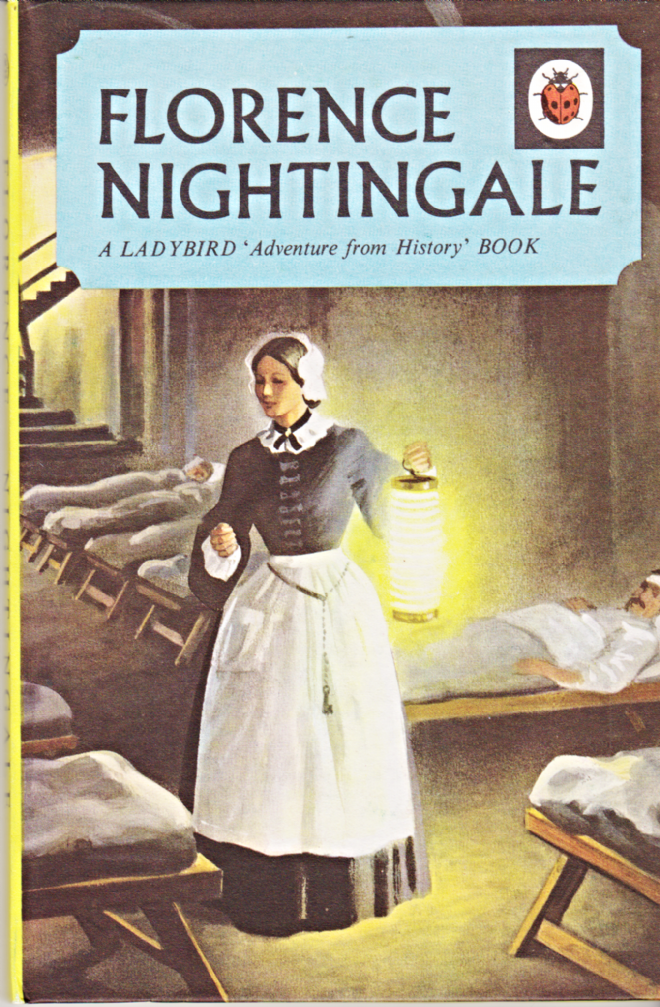
The Florence Nightingale Ladybird book, as it first appeared in 1959…
Researching a book is the easiest part; delving into letters and biographies, archives and photographs, waiting for that magic moment when the form of a novel begins to take shape. But a year into my work I hit a formidable obstacle.
Historical fiction, of course, is set in the past, but there is one element of the writing that is truly connected to the present – location. In order to take the reader to the places that her character experiences and inhabits, the writer has to go there. The Crimea was in Ukraine (this was before the Russian invasion), I don’t speak the language, I was short of funds. But a miracle happened; an advertisement for a package tour of the Crimea literally dropped into my lap as I leafed through a newspaper. For a ridiculously cheap rate (the tour was on offer), I could be flown to Crimea and escorted round the war sites. So off I set, with a long-suffering friend and a plane-load of military history enthusiasts, to stay in a massive Communist-era hotel in Yalta.
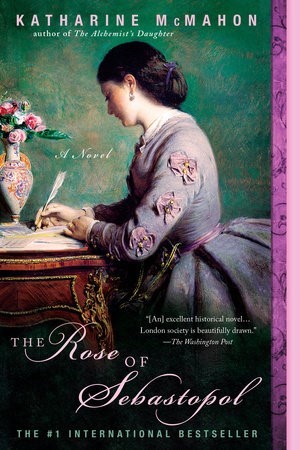
…and McMahon’s The Rose of Sebastopol (2007)
Nightingale herself spent very little time in the Crimea; her work was mainly done in Istanbul (Constantinople as then was) and when she did tour the battle-sites she was taken ill. But at last I understood the calamity – entirely man-made – that befell the British troops. We arrived in autumn, in sunshine, as they did. Within a few days it was so cold we could barely stand up outside our coach. The terrain is oddly familiar, green and rolling, but pitiless in the wind. Balaklava Harbour is ridiculously cramped – no wonder a hurricane took out a large proportion of the British fleet, including a ship containing winter uniforms. Inkerman is rocky and rugged – the battle was fought in thick fog, with no maps. The Valley of Death, of Charge of the Light Brigade fame, is surprisingly wide and shallow.
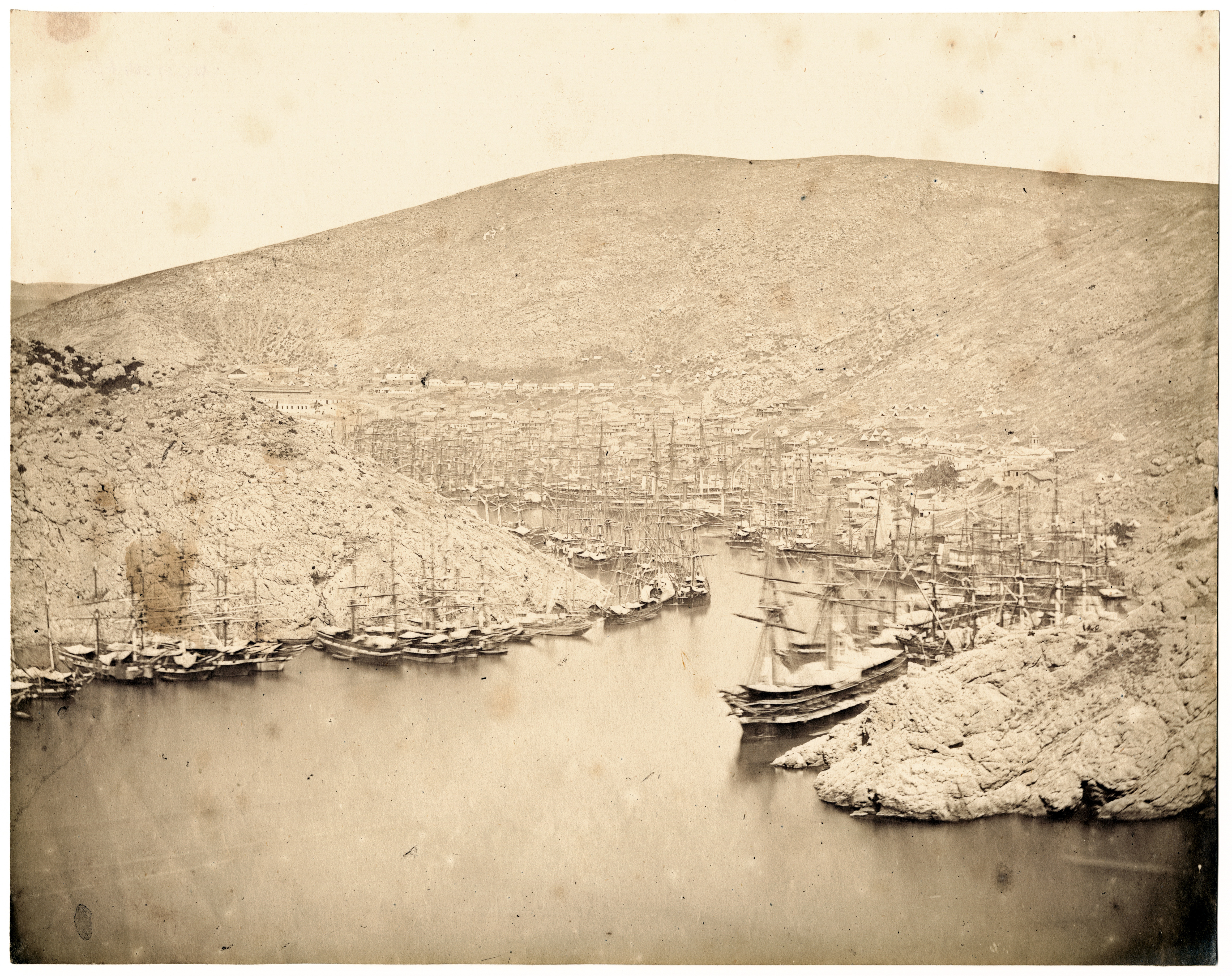
Photograph by James Robertson or Felice Beato of the mouth of Balaklava harbour (note the narrow entrance), c. Sep. 1855. Image: University of Nottingham Manuscripts and Special Collections (Ne C 10884/2/2)
Most poignant of all, in a museum overlooking Sevastopol, is a panoramic painting by Franz Roubaud which encompasses the horrors of the prolonged siege of the city by the British, including a depiction of very hands-on Russian nurses.
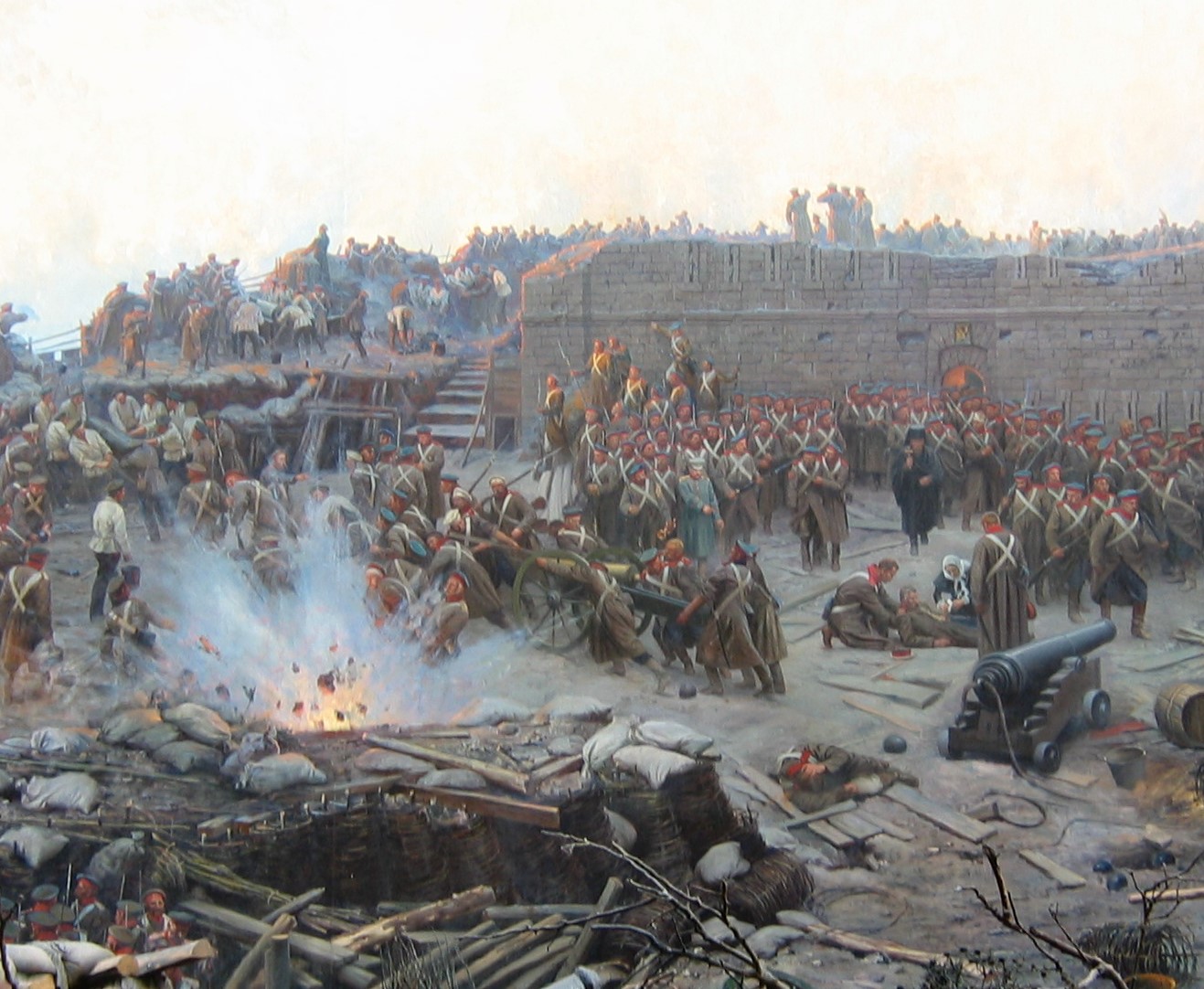
The Siege of Sevastopol, a section of the panoramic painting by Franz Roubaud (1904). [CC BY 3.0]
It all went into the book –wind and cold, camps in exposed and rocky territories, bewilderment, amateurish planning. And women, with little if any experience of travel, or of surgical nursing, ‘steeped up to our necks in blood’, as Nightingale put it, dealing with the tsunami of wounded, diseased and dying.
In her lifetime, Nightingale’s work in the Crimea was spun as angelic – a rare beacon in a national catastrophe. The reality is much more complex – and her far more enduring legacy, as we know, the foundations upon which a great profession was built.
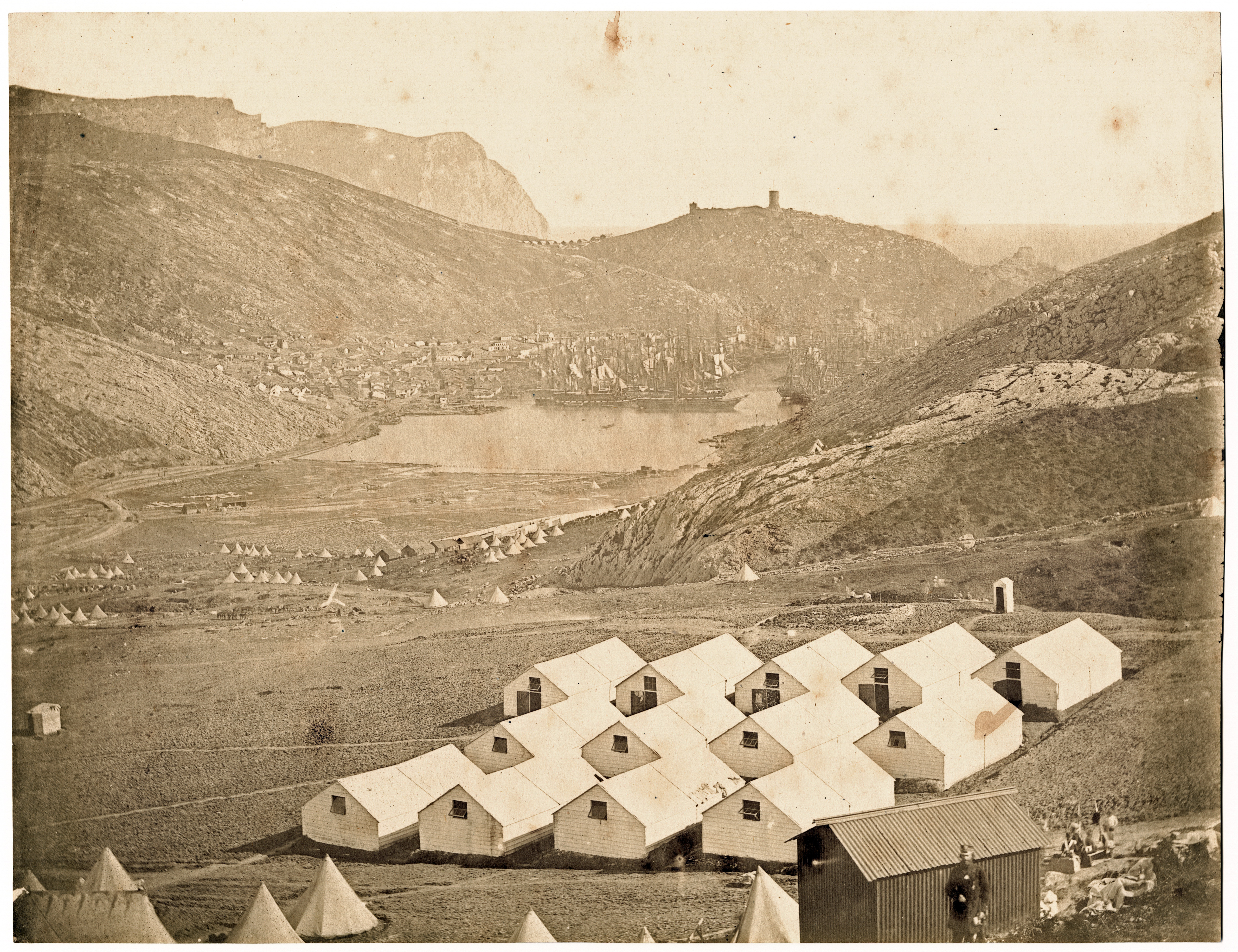
Photograph by James Robertson or Felice Beato of a view of Balaklava, c. Sep. 1855. Image: University of Nottingham Manuscripts and Special Collections (Ne C 10884/2/3)
In this Royal Literary Fund podcast, Katharine McMahon discusses the role that location plays in historical fiction. Katharine’s most recent novel is The Hour of Seperation (2018). The Rose of Sebastopol (2007) is available here.

Started with that Ladybird book too. A nursing career path that lead me around the world ending up in Nottingham University Hospitals (where i originally trained).